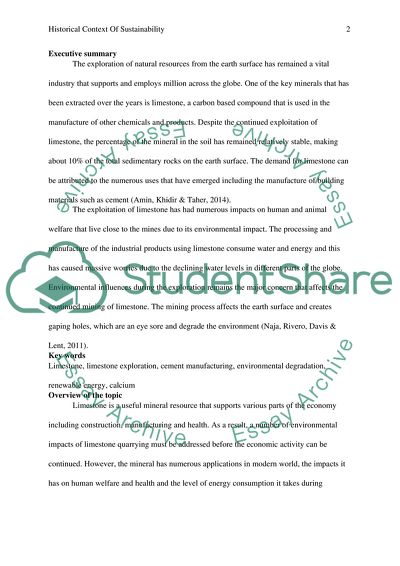Cite this document
(Historical Context of Sustainability Assignment, n.d.)
Historical Context of Sustainability Assignment. https://studentshare.org/environmental-studies/1844546-historical-context-of-sustainability
Historical Context of Sustainability Assignment. https://studentshare.org/environmental-studies/1844546-historical-context-of-sustainability
(Historical Context of Sustainability Assignment)
Historical Context of Sustainability Assignment. https://studentshare.org/environmental-studies/1844546-historical-context-of-sustainability.
Historical Context of Sustainability Assignment. https://studentshare.org/environmental-studies/1844546-historical-context-of-sustainability.
“Historical Context of Sustainability Assignment”. https://studentshare.org/environmental-studies/1844546-historical-context-of-sustainability.


